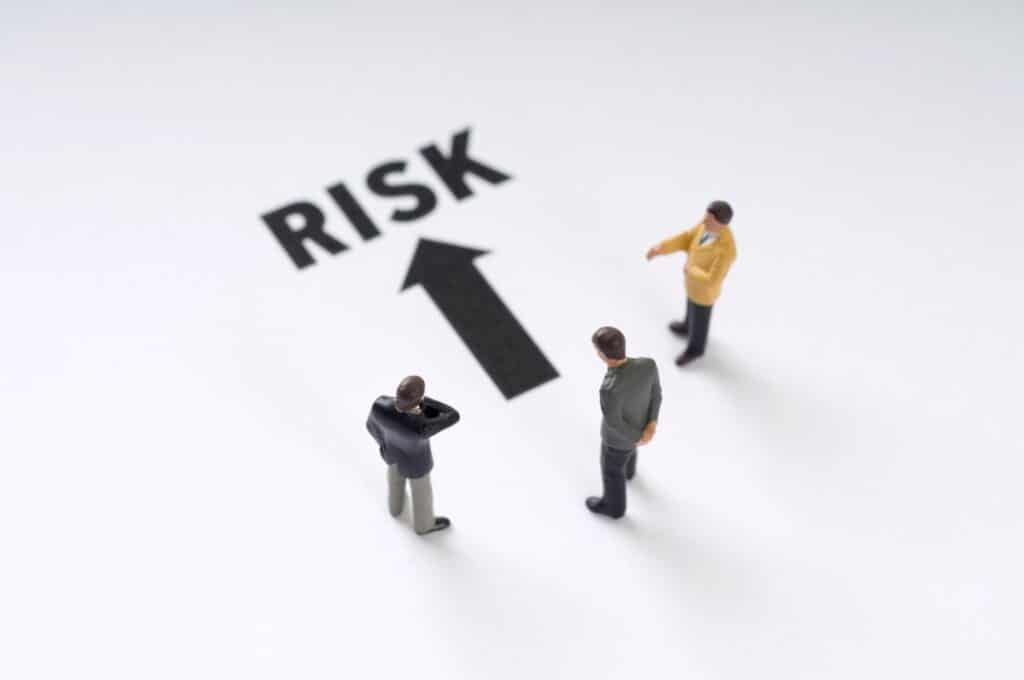Identifying New Risks in Medical Waste Disposal
As the medical field evolves, we must stay informed about potential risks associated with medical waste disposal. The risks linked to improper disposal practices can pose numerous threats to public health, the environment, and the safety of workers. As new challenges emerge, continued vigilance and updated strategies are essential for maintaining a safe future. In this blog post, we’ll explore the significance of identifying new risks in medical waste disposal and outline critical steps for mitigation.
Understanding the Risks of Medical Waste Disposal
Medical waste disposal carries several inherent risks, including:
- The spread of diseases
- Environmental contamination
- Worker injuries
We can better prepare for and prevent adverse outcomes by understanding these risks.
Why Identifying New Risks Is Important
The medical waste landscape is dynamic. Emerging diseases, advancing technologies, and novel disposal methods necessitate continuous scrutiny of potential hazards. So, identifying and addressing new risks prevents health and environmental concerns, protecting the well-being of everyone involved.
Recent Examples of New Risks
Potential contamination of water supplies from improperly disposed medical waste
- The emergence of drug-resistant bacteria due to inadequate waste handling
- The risk of radiation exposure from improperly discarded radioactive materials
- Identifying New Risks: Methods and Strategies
Employing various methodologies can help pinpoint new risks in medical waste disposal:
- Monitoring: Regularly assessing environmental factors, such as the presence of pathogens or pollutants, allows us to detect and address new risks.
- Research: Studying potential consequences of novel technologies or practices provides valuable insights into emerging risks.
- Public Reporting: Encouraging the public to report medical waste disposal incidents helps identify new risks and promote overall awareness.
Mitigation Strategies
Once there are new risks, developing strategies that minimize the likelihood of harm is crucial. Critical mitigation approaches include:
- Adapting disposal practices: Embracing new technologies—incineration or microwave-based solutions—can reduce risks. Reevaluating packaging and transportation protocols can further enhance waste management practices.
- Educating stakeholders: Informing healthcare workers and the public about risks associated with medical waste disposal helps prevent accidental exposure and encourages vigilance.
- Environmental monitoring: Early detection of contamination signs can prompt timely action, minimizing harm and preventing further issues.
In summary, ongoing risk identification and mitigation efforts are vital in tackling new challenges linked to medical waste disposal. Committing to developing safer technologies, promoting education, and maintaining public engagement can protect the environment, healthcare workers, and public health from the dangers of improper medical waste handling.
References:
https://www.who.int/news-room/fact-sheets/detail/health-care-waste



